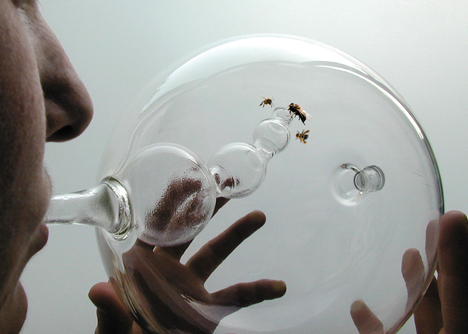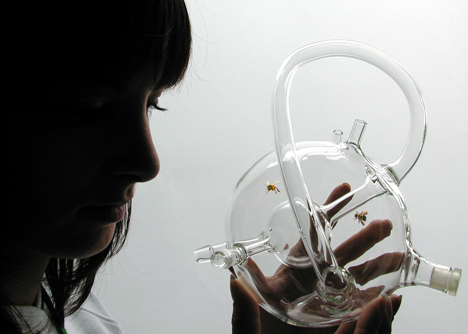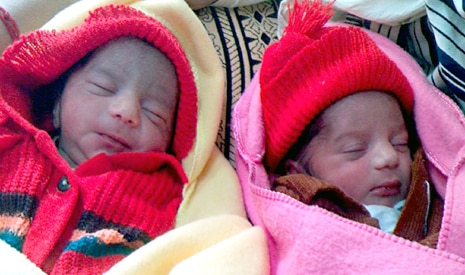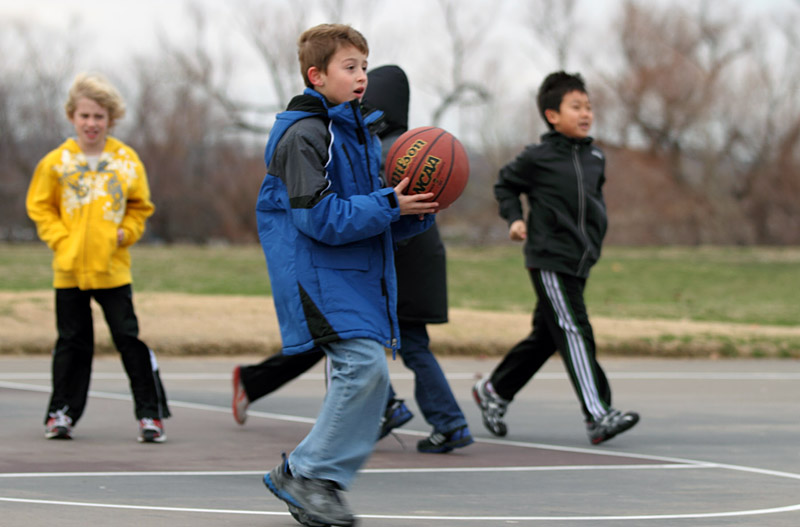Medical cosmetic tourism in Taiwan lures high-end mainland Chinese travelers

Winnie checked into a cosy Taipei clinic one recent afternoon for a full facial rejuvenation – a few Botox injections to tackle wrinkles and then filler gels to plump up folds and lips.
It took the 39-year-old business woman, just arrived that morning from Shanghai, slightly more than three hours to complete the treatment before she headed back to a five-star hotel, feeling radiant.
Winnie, who declined to give her full name during a telephone interview with the South China Morning Post, is typical of the mid- and-high-end mainland tourists that Taiwanese tour providers are targeting to cushion the drastic impact that a new travel law implemented on the mainland has had on their business.
The law, the first introduced by the mainland to address such issues as tourist safety, unfair competition and “forced shopping”, has certainly taken a rapid and heavy toll on Taiwan’s tourism industry – the number of mainland group visitors has slumped since the regulation came into force on October 1.
Soon after Taiwan began to allow mainland tourists to visit the island in groups in 2008, cut-throat competition broke out among local travel agencies to lure their business, mainly by offering dirt-cheap tours and then recouping the costs through commissions paid by partner shops to which the tour groups were shepherded.
Since 2008, more than 6.2 million mainland tourists have visited Taiwan, a huge new revenue source worth US$15.68 billion for the island, according to the Beijing-based Association for Tourism Exchange Across the Taiwan Strait.
But along with the new influx has come a wave of complaints from the tourists. Their grumbles include being forced to get up before dawn, eat food that even farm animals would refuse, and sleep in accommodation not fit for pigs.
They also lash out at the number of forced shopping tours, which cut into sightseeing.
Now, with the introduction of the travel law, group tour prices have increased by 20 to 50 per cent – and the number of mainland group visitors has dropped, totaling just 54,705 in the first 20 days of October, a drop of 35.7 per cent compared with the same period last year, Taiwan’s Tourism Bureau said.
“To cope with the new situation, local operators are encouraged to find new revenue sources, and medical cosmetic tourism is seen as one of the sources with a promising outlook,” said Lai Cheng-yi, head of the Tourism and Hotel Business Association based in Taipei.
Walter Yeh, executive vice president of the Taiwan External Trade Development Council , said that in addition to allowing mainland visitors to travel here in groups as well as individually, the island also eased regulations in January last year to permit them to visit Taiwan for medical treatment, including for cosmetic procedures.
“This is a good time for local operators to develop this field of tourism,” he said, adding that Taiwan’s medical care is noted for its good quality and relative cheapness.
Some 100,000 medical tourists visited the island last year, up 156 per cent from 39,000 in 2011, generating revenue of around NT$70 billion (HK$18.4 billion), of which at least 40 per cent came from mainland tourists, Yeh said.
The profitable business has prompted hospitals and medical cosmetic clinics to work with Taiwanese travel agencies to organize cosmetic tours.
Compared with South Korea, whose cosmetic surgery is rated among the best in the world, such procedures in Taiwan mainly involve gel injections and very limited invasive surgery, medical cosmetic operators said.
“But with mainland standards at least five years behind Taiwan, many mainland tourists are eager to have facial rejuvenation and skin tightening treatment here,” said Dr Chu Chih-kai, head of Taipei-based Beauty Plus, one of the island’s leading medical cosmetic clinics.
Dr Chu said Taiwan’s high efficiency, convenience, its adherence to international standards as well as transparency and safety were major reasons why mainlanders were keen to take advantage of the services available in Taiwan.
“Ten per cent of our clients come from the mainland,” Dr Chu said, adding they include men as well as women.
Several big travel agencies in Taiwan have worked with major hospitals and clinics to offer medical cosmetic services to mainlanders. Some agencies have offered packages ranging from NT$45,000 to NT$180,000 for trips that include stays at five-star hotels and sightseeing tours.
As part of marketing strategies to attract more mainlanders to take medical cosmetic tours, Kuan Chou Travel Service will hold a three-day seminar from December 8 in the southern city of Kaohsiung to discuss medical cosmetics and its trends on both sides of the Taiwan Strait.
“Participants will include physicians, treatment operators and tour providers from Taiwan, the mainland, Hong Kong and Macau,” Silvia Hu, marketing and PR manager of Kuan Chou Travel Service.
To ensure quality and good service, the Health Ministry has approved 38 hospitals and clinics to treat mainland tourists, while the Taiwan Joint Commission on Hospital Accreditation, a non-profit hospital accreditation agency, has certified 19 medical cosmetic clinics for their quality of treatment.
Winnie, who came on a five-day tour, certainly has no complaints about the quality of service. On the contrary, she declared herself “highly satisfied” with what she described as an “afternoon tea” treatment. It made her look great.
Source: South China Morning post


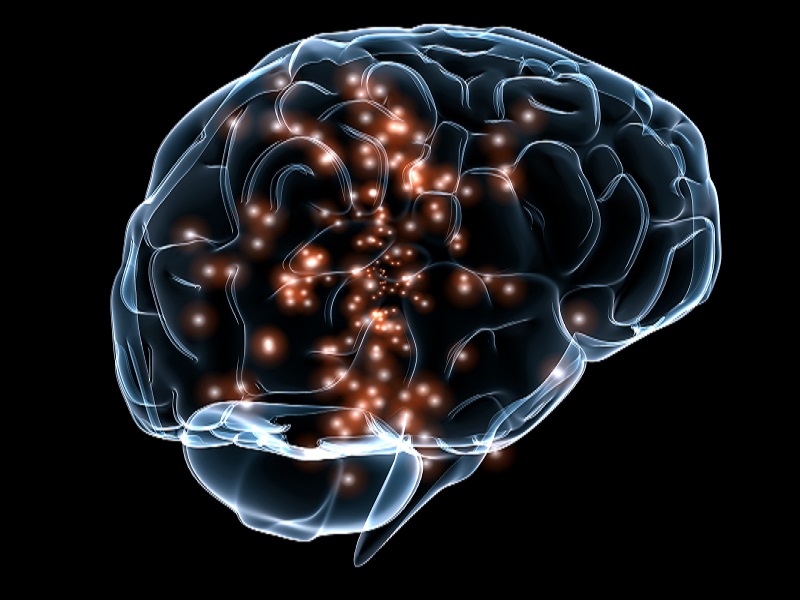




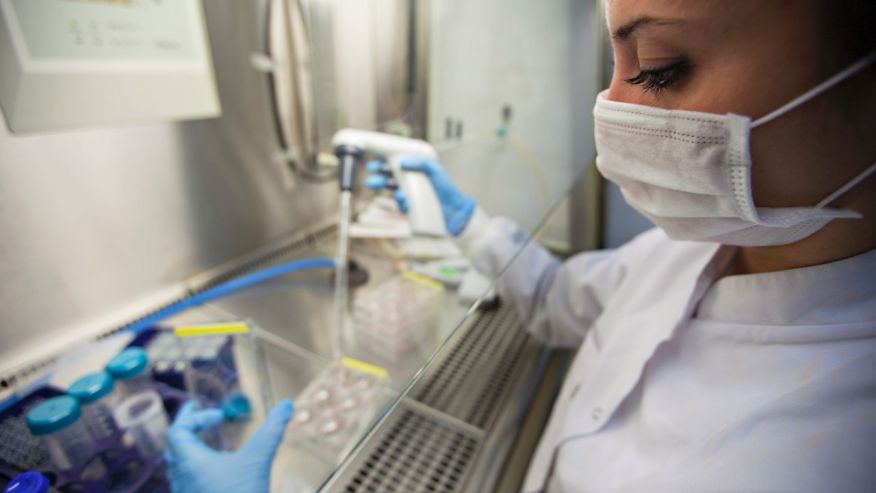



 New Delhi: A team of doctors, led by Dr Vivek Nangia, head and director – pulmonology, at Fortis Flt Lt Rajan Dhall Hospital here, have treated a critically ill patient suffering from interstitial pulmonary fibrosis (IPF) and chest infection resulting in ARDS (acute respiratory distress syndrome) using extra-corporeal membrane oxygenator (ECMO). This makes her the first and the only IPF patient in India to survive after being mechanically ventilated and weaned off using ECMO, according to the doctors.
New Delhi: A team of doctors, led by Dr Vivek Nangia, head and director – pulmonology, at Fortis Flt Lt Rajan Dhall Hospital here, have treated a critically ill patient suffering from interstitial pulmonary fibrosis (IPF) and chest infection resulting in ARDS (acute respiratory distress syndrome) using extra-corporeal membrane oxygenator (ECMO). This makes her the first and the only IPF patient in India to survive after being mechanically ventilated and weaned off using ECMO, according to the doctors.



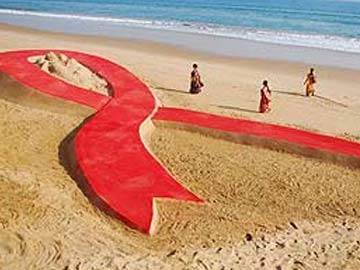
 Diseases like malaria and jaundice have claimed 20 lives since last week in Longding district of Arunachal Pradesh, an official report said today.
Diseases like malaria and jaundice have claimed 20 lives since last week in Longding district of Arunachal Pradesh, an official report said today. Information and Public Relation Department, Thangwang Wangham, said that the situation is alarming as every day new cases are being reported.
Information and Public Relation Department, Thangwang Wangham, said that the situation is alarming as every day new cases are being reported.